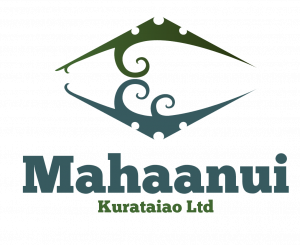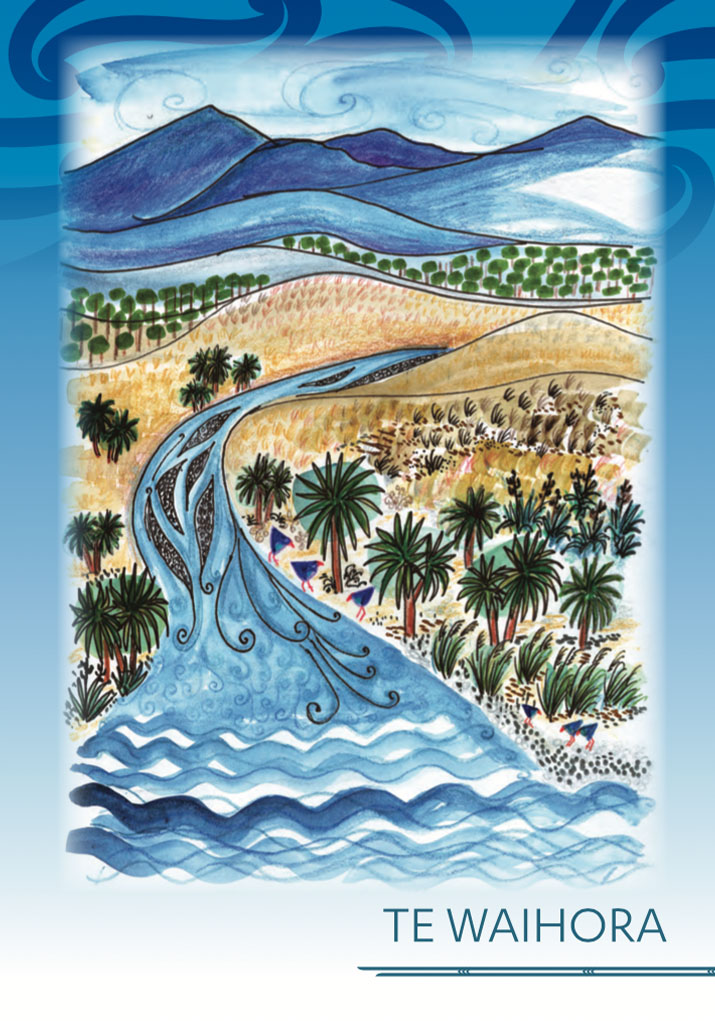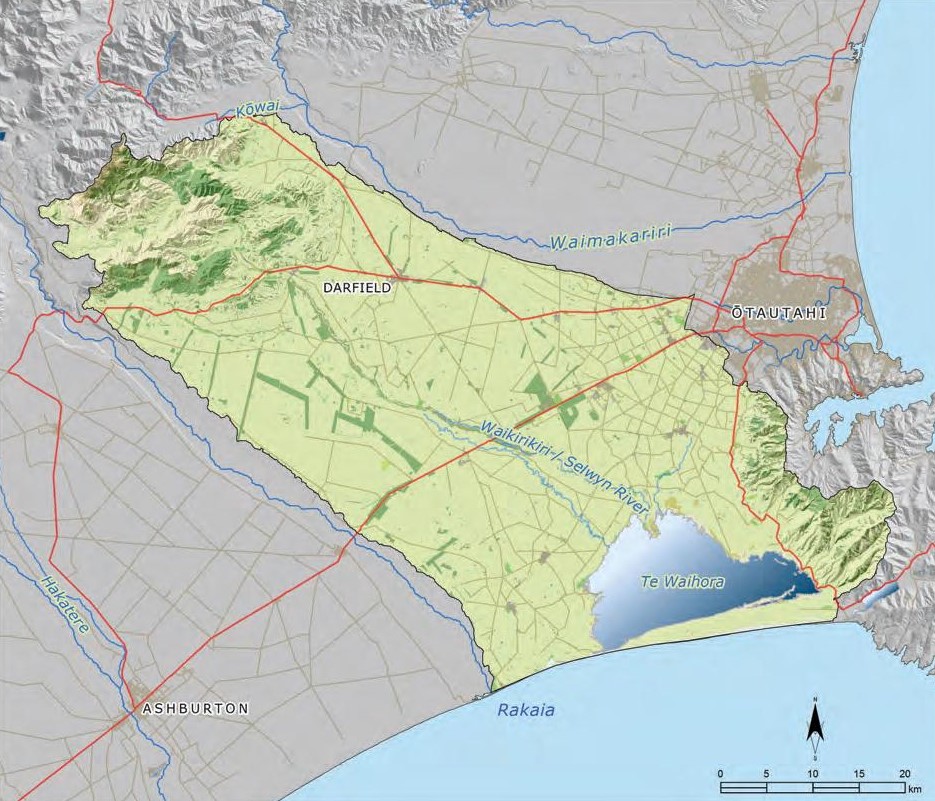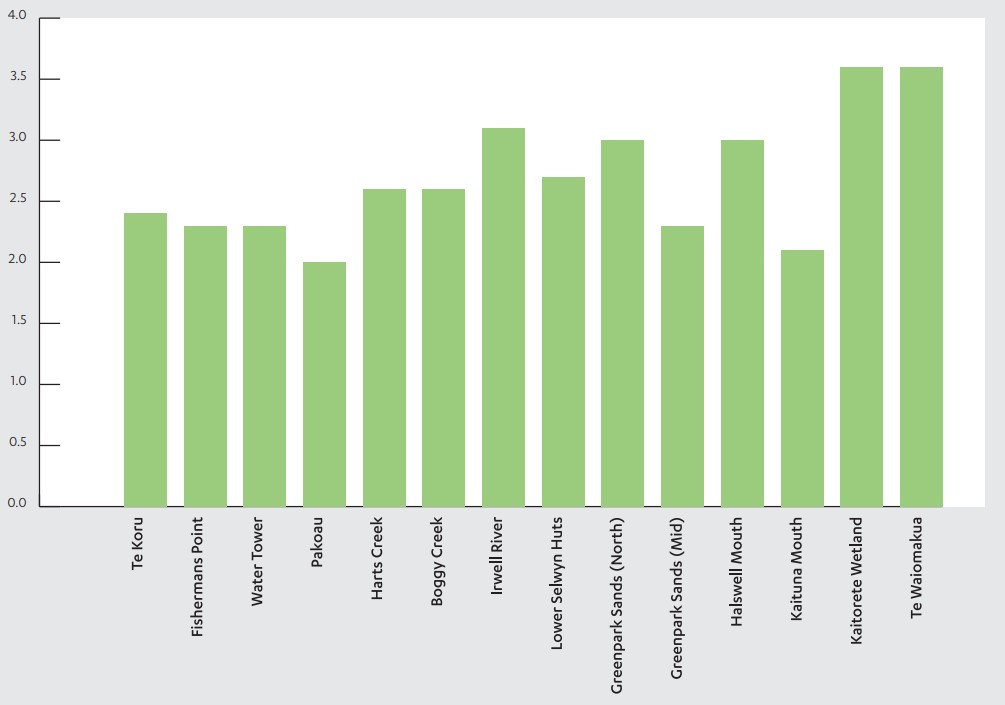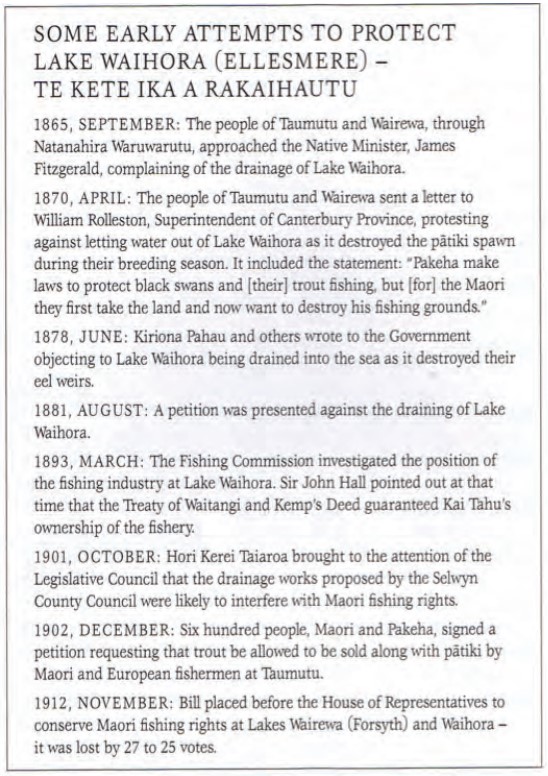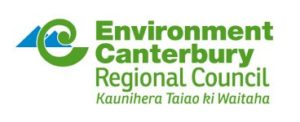This section addresses issues of particular significance in the catchment of Te Waihora (Map 23). Te Waihora is a tribal taonga representing a major mahinga kai and an important source of mana. For the last 160 years, management of the lake and its catchment has reflected farming and settlement values, at the expense of Ngāi Tahu values. In its findings on Te Kerēme (the Ngāi Tahu Claim) the Waitangi Tribunal (1991) found that:
" Waihora was part of the area sold under the Kemp Purchase. Despite the importance of the lake to Ngāi Tahu as a food resource, despite the reservation of mahinga kai from the sale, despite acknowledgement from the Māori Land Court in 1868 that the tribe had always regarded this place as a valuable fishery and as the tribe’s most highly prized and valuable of all their possessions, despite strong protests by Ngāi Tahu over the years, no reserves of any kind were ever created over the lake to protect its use for Ngāi Tahu.
The tribunal, in looking at the evidence, concluded that Ngāi Tahu were the losers in a conflict between two economic systems with different priorities over different resources. On the one hand, Ngāi Tahu relied on their traditional economy and expected that their rights to mahinga kai would be reserved to them. On the other hand, the Crown saw that the Ngāi Tahu economy must not prevent the needs and demands of land settlement. The agricultural and pastoral demands won the conflict. As a result, Ngāi Tahu interests in Waihora have been completely disregarded." (1)
